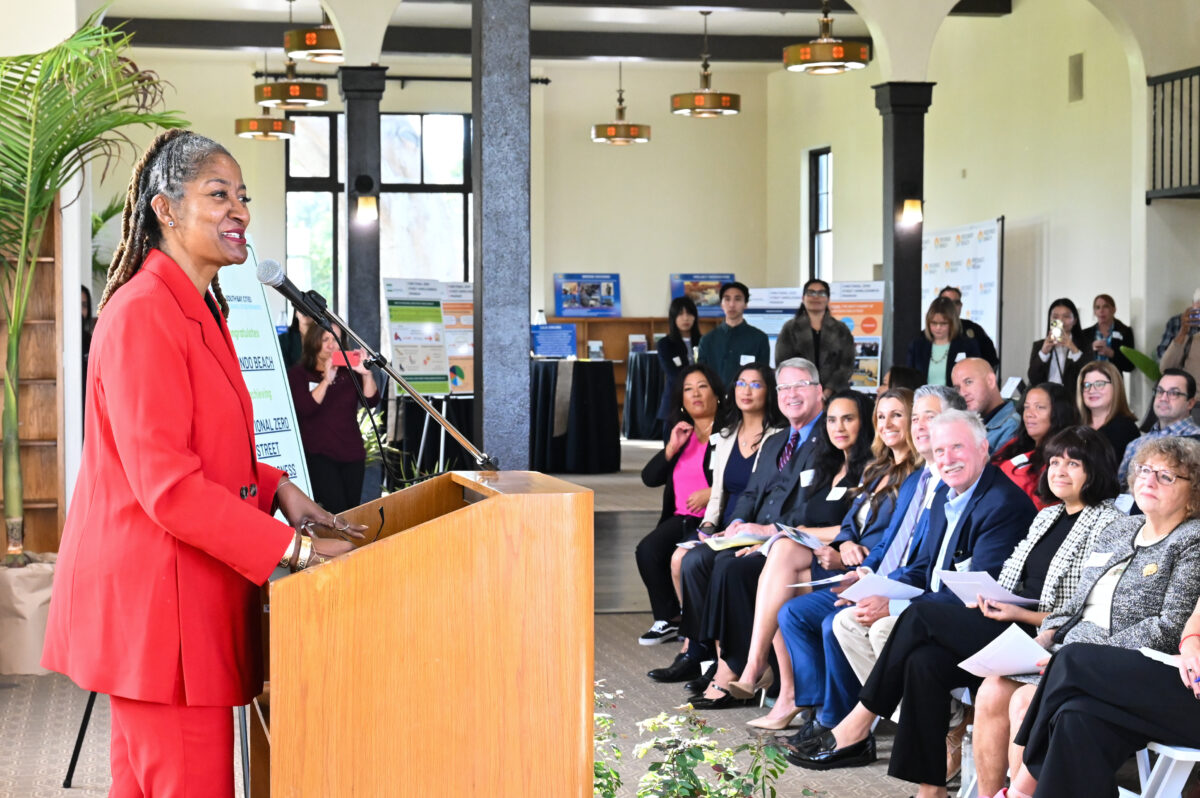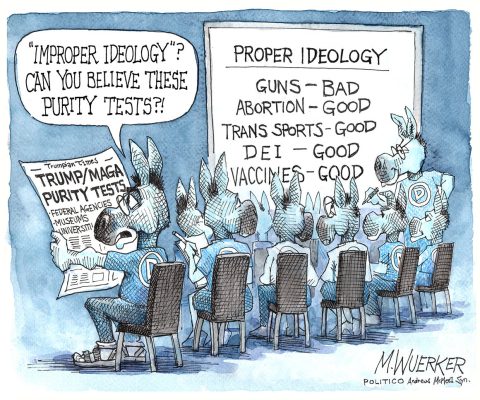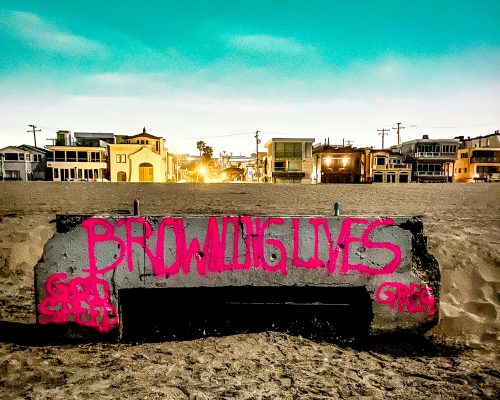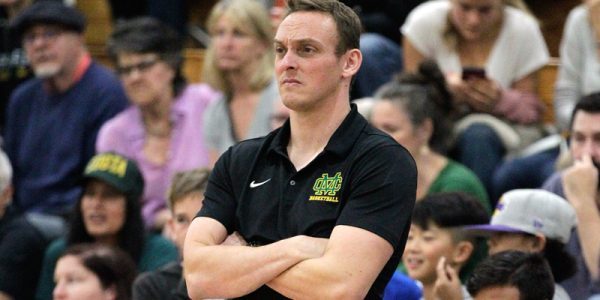by Garth Meyer
“Functional Zero” means the amount of homeless people placed in housing (interim or permanent) is higher than the number who become homeless in a six-month period.
The South Bay Cities Council of Governments deemed last week that Redondo Beach has reached the mark. It is the first city in Los Angeles County to do so – according to the SBCCOG’s parameters.
“The community of Redondo Beach, in partnership with local governments and the state, is stepping up and showing what is possible when we all work together to address homelessness,” Governor Gavin Newsom said in a statement.
In a ceremony Oct. 30 at the Redondo Beach historic library to mark the achievement, State Senator Ben Allen praised the city and called the homeless efforts a moral issue. L.A. County Supervisor Holly Mitchell gave her congratulations and set her sights higher.
“Functional zero, countywide,” she said. “There, I said it.”
The designation also requires a city’s homeless median time on the streets be less than 90 days.
The South Bay Cities Council of Government’s (SBCCOG) Functional Zero pilot program sets a benchmark of accountability based on data collected and analyzed weekly by staff. This includes names, duration without a home, demographics and psychographics.
In local numbers, from January to June, the SCCOG recorded 65 homeless people in Redondo Beach, and an outflow of 66 – meaning those moved into housing. Median time on the street was 14 days, with 25 active local street cases, down from a peak of 261 seven years ago.
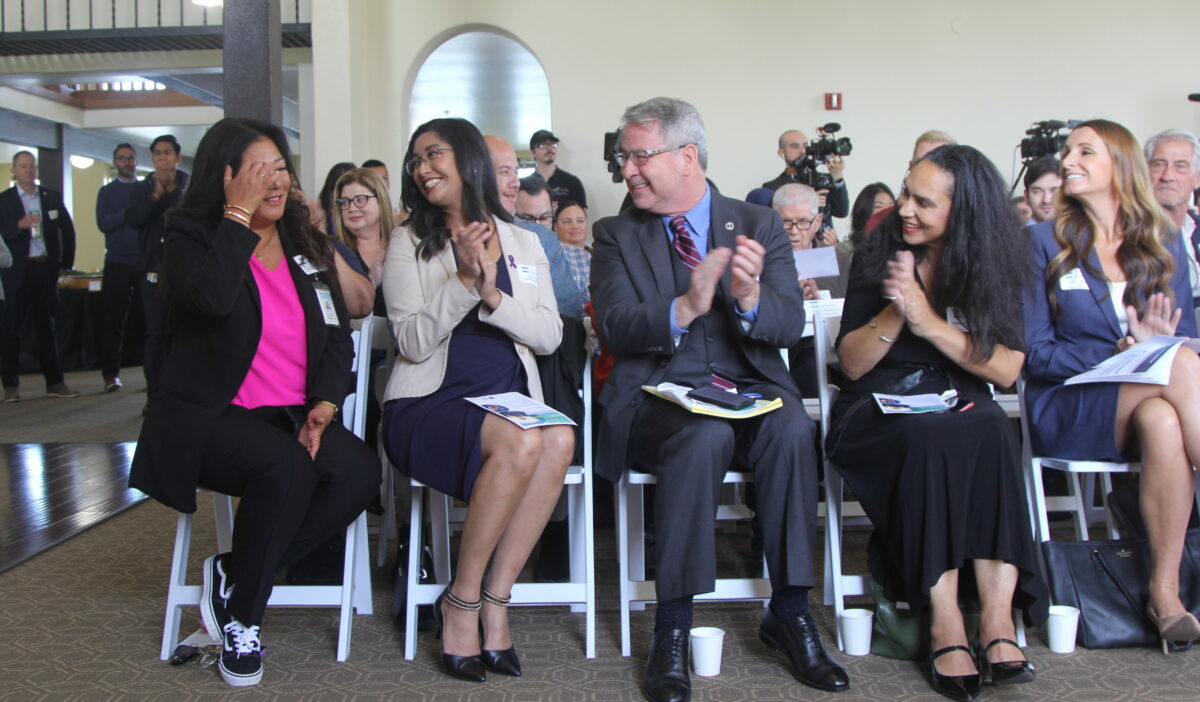
Cities participating in the SBCCOG program meet weekly with the Homeless Services group, which has 10 to 12 case workers. Interventions are discussed for specific people without homes.
Redondo Beach was the pilot program. Manhattan Beach, Hermosa Beach and Torrance signed up in October to be the next cities to participate.
“One year to three years,” said Ronson Chu, SBCCOG Homeless Services Manager, on the time frame needed for them to reach Functional Zero. “I hope it doesn’t take any longer than that.”
Chu designed a framework to closely examine local homeless information “to evaluate resource investments and opportunities.”
If a city stays at Functional Zero for six months, it graduates from the program.
“Redondo Beach has been there, at Functional Zero, for about a year now; since last October,” Chu said. “We wanted to make sure the data was correct and being sustained.”
The city started its Enhanced Homelessness Response in 2017, when the late Mayor Bill Brand asked City Attorney Mike Webb to lead it. With city council support, Webb’s office sought federal, state and county grants. Soon a local homeless court began, a pallet shelter opened, the city hired Lila Omurra as homeless housing navigator, and two weeks ago, a permanent, 20-room supportive housing project held its grand opening in a former motel on Pacific Coast Highway.
“Redondo Beach used everything. They threw the kitchen sink at the problem,” Chu said.
Now looking to keep their Functional Zero status, the city will add 25 units to the pallet shelter, to go with the existing 20, near South Bay Galleria, paid for by $800,000 from Supervisor Mitchell’s office, and partially from a $1.3 million investment from Health Net insurance.
Health Net will also fund the Redondo launch of a mobile alternative crisis response program, which sends a mental health clinician out to people with behavioral health emergencies. This supports the work of Omurra, an on-the-street advocate who is not a mental health clinician.
“Within a very short period of time we can hit Functional Zero for this entire county. We can do that,” Supervisor Mitchell told the crowd at the historic library. “Congratulations, Redondo Beach, I’m so proud of you.”
Chu also spoke at the ceremony, calling people up to stand with him.
He told the crowd a total of about 75,000 homeless people are in Los Angeles County, spread across its 88 cites. He said if you take out Los Angeles and Long Beach, it leaves an average of 120 people per city.
“We don’t need to solve the 75,000 people, we just need you, in every community, to solve your homelessness, then we’ll get Functional Zero in L.A. County,” Chu said.
He applied the same point to the individual neighborhoods in Los Angeles and Long Beach, which are overseen by neighborhood councils.
Speakers at the historic library last week also thanked previous Redondo Beach city councilmembers Christian Horvath and Laura Emdee for their work in the early days of the city’s homeless response.
City attorney Webb received a standing ovation. Jacki Bacharach, SBCCOG executive director, presented him with a glass trophy, a special award for leading the way on homelessness in the South Bay.
“Much of this is changing our attitudes toward the homeless. It’s the rare crisis that’s not treated like a crisis,” Webb told the crowd. “With the crisis of homelessness, we can always take care of it tomorrow; and that’s not fair to our unhoused neighbors.”
With Hermosa Beach, Manhattan Beach and Torrance now signed on, an SCCOG case manager will evaluate data from each city.
“Once we paint the picture, we can know what exactly a city needs,” Chu said.
The SBCCOG is made up of 16 cities in the South Bay region.
“I want all (remaining) 15 cities to be part of (the Functional Zero pilot) — but we’d need to hire two data analysts,” Chu said. “We need to get funding.”
Is there enough money to do what all needs to be done?
“There’s plenty of funding. There’s enough money,” he said. “We don’t spend money as efficiently as we could, because we don’t analyze the data. Functional zero will hopefully wake people up, in that you can’t just go at this from the county level. We have a by-names list; when you have that level of detail, good things can happen.”
South Bay Cities Council of Governments is a joint-powers agency, which collectively works on the common interests of its cities in areas such as productivity and quality of life. ER
Local advocate left corporate career to combat homelessness
Ronson Chu’s background includes 15 years in corporate finance. His last job in the business was in Century City, next to CAA, working for Screen Engine ASI, a company that does test marketing for film studios.
“The ending is the most important thing to get right, in what determines if an audience will recommend a movie to others,” Chu said.
Originally from the Bay Area, with an economics degree from UCLA, in 2005, he sat in a ballroom and heard a speech by Gavin Newsom, then San Francisco mayor.
“He said, I’m not asking for your money, I’m asking for your time.’ That really spoke to me,” Chu said.
When he moved back to L.A., he volunteered for Inner-city Law Center, working on its Los Angeles Homeless Connect — Weekend to End Homelessness.
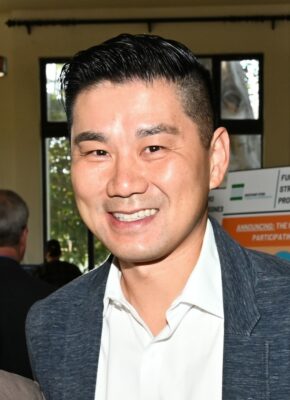
In 2018, after talking it over with his wife, Chu left his corporate finance career to volunteer for a year with the Inner-City Law Center.
“I knew right away I wanted to end homelessness in Los Angeles,” he said. “I wanted to use what I knew from finance to do this; how to invest money wisely, how to utilize data, how to manage logistical operations to fix problems.”
His first job after the volunteer year was with the Los Angeles City Attorney’s office in its homeless court program.
He and his family live in North Redondo Beach.
“I’m just excited to bring this SCCOG model to our other cities to get all of them to Functional Zero in five years,” Chu said. “I want to work myself out of a job as soon as possible.”
Once that mark is reached, Chu intends to focus next on workforce housing – units tied to the median income of a region so its essential workers can afford to live in the city they work in. ER
—————————–

